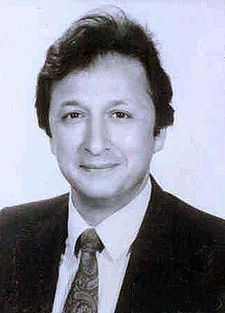Year: 2004
Our approach yields an essential relationship for the classical vibration period, in terms of the [square root of the reduced mass of the nuclei] x [the square of the internuclear distance], at the given total electronic energy. The quantum multiplier that comes into play, next to the Planck Constant, in this latter expression, is determined in the subsequent part. The approach yields a whole new systematization regarding all diatomic molecules.
We draw the classical vibration periodversus [the square root of the reduced mass of the nuclei] x [the square of the internuclear distance], for different chemical families, yielding indeed a smooth behavior. The plots are further bettered, along the determination of the quantum multiplier of concern, throughout the subsequent articles.


